Are expansions ruining World of Warcraft?
We look at common complaints concerning the state of Azeroth
Whatever the case, all this speculation over what will be shown at this year’s BlizzCon got us pining for the days when we used to raid till our eyes bled in what is now known as “classic WoW,” or “vanilla WoW” – that is, World of Warcraft before The Burning Crusade and Wrath of the Lich King expansions. But as we began leveling a fresh new character with a few fellow ex-WoW addicts, we realized that we had forgotten how bitchy WoW players (including ourselves) can be. MMO fans invest so much more of themselves into their game-of-choice than any type of player out there. Think you logged a lot of hours perfecting your Fallout 3 character or leveling your Final Fantasy party? Ask any hardcore WoW player to tell you how many hours they’ve put into their main character, and you’ll begin to understand why some are so demanding when they quantify answer in terms of weeks, months, and years instead of mere hours.
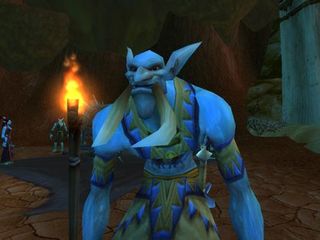
Above: Are expansions ruining WoW? Or are the naysayers just a bunch of sour trolls?
Maybe that’s why - despite the overwhelming thumbs up given to Wrath of the Lich King by fans and critics - there are still those who argue that more content from expansions don’t always mean more fun - especially if you’ve got 60 levels to grind through before you can enjoy the new stuff. So we decided to check out some of the most common complaints we’ve seen about the impacts the last few expansions have had on WoW, and looked at how the experience of rolling a new character has changed over the years.

So how could more content possibly be a bad thing? Well, most complaints we’ve heard seem to stem from the general way MMO expansions tend to funnel a majority of the population into its new areas, rendering old content obsolete. For example, The Burning Crusade provided players with a new level cap of 70, and introduced Outland, giving level 60-plus players a new – but comparatively smaller set of zones to play in.
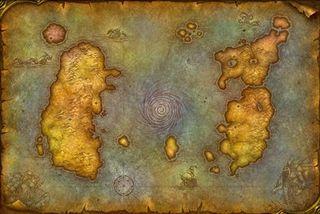
Above: The world map for the original World of Warcraft featured two huge continents with tons of zones
A mass exodus to Outland was partially balanced by the addition of two new races and classes for both Horde and Alliance players. Since both factions had brand new options for starting a new level one Paladin (for the Horde) or a Shaman (for the Alliance), there seemed to be a healthy amount of players to group with on the way to level 60 in “classic” WoW when TBC released.
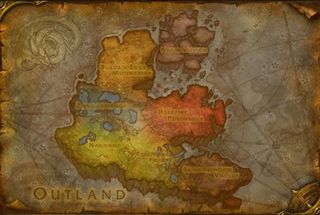
Above: The Burning Crusade moved most players to the seven new zones in Outland
Sign up to the 12DOVE Newsletter
Weekly digests, tales from the communities you love, and more
With the introduction of the Wrath of the Lich King expansion, the argument that expansions actually reduce the size of World of Warcraft’s world seems to hold a little more weight. By now, the novelty of rolling a Blood Elf Paladin for the Horde, or a Dranei Shaman for the Alliance had worn out. The mass migration to WotLK’s new zones in Northrend had begun, making ghost towns out of major cities and hubs in “classic” and TBC zones.
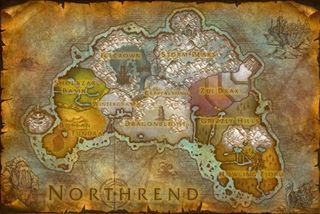
Above: Is WotLK’s Northrend the new Outland, the only set of zones that truly matter anymore?

So did the WotLK expansion really suck all the life out of the older WoW zones? Is leveling a new character up to 60 as lonely as some naysayers report? We started a new Blood Elf Priest to find out, and have found complaints of under-populated zones and cities to be exaggerated. It certainly does seem that there are fewer players stomping through fields in lower level zones and you won’t have much luck finding groups for the most challenging pre-expansion raid instances, but major cities like Orgrimmar and Ironforge still have as much hustle and bustle as they used to.
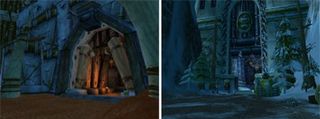
Above: You won’t find as many random players dueling outside of Ogrimmar and Ironforge, but they’re far from ghost towns

Following a high-profile guild quitting WoW Classic Hardcore, Blizzard makes the unprecedented decision to revive MMO characters that die during DDoS attacks "at our sole discretion"
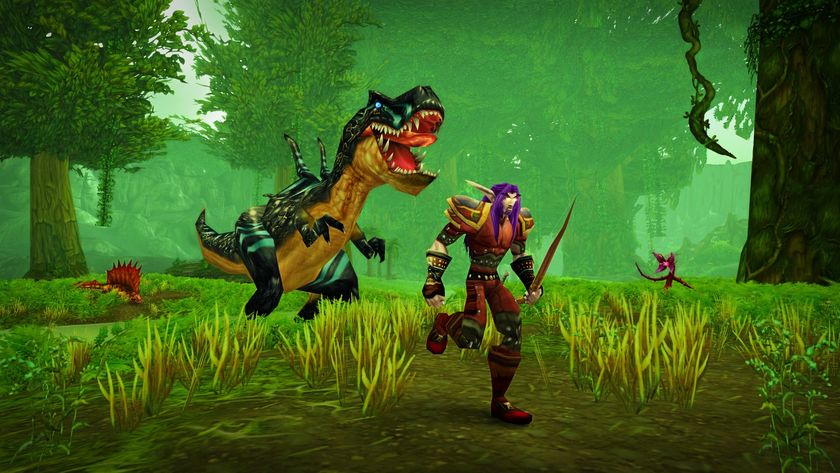
"If this is just how it is, then yeah, that's the end": WoW Classic's most famous hardcore guild calls time for now after multiple raiders lose their MMO characters to DDoS attacks











